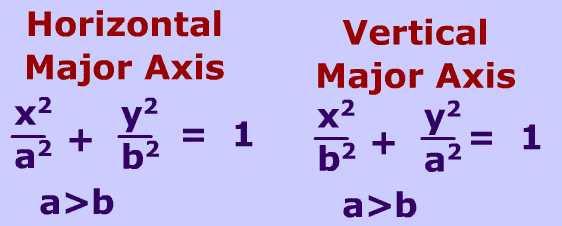1. 30 degrees
Several different instructions were given in order to complete this special right triangle of 30 degrees and much labeling in order to understand. To start with, the three sides of the triangle had to be labeled for their identification. So, one thing we know for sure and that is that our hypotenuse is equaled to 1 considering that these triangles all come from within a unit circle and what is a unit circle? Well a unit circle is one of which has a radius of one and therefore, we can see how the longer side (hypotenuse) is that radius of the circle. Now, according to the special rules of right triangles we know that the side adjacent to the 30 degrees (form the picture it is the horizontal side labeled x) will be n radical 3. Also, we find out that the side opposite from the 30 degrees (due to the picture it is the vertical side labeled y) will be n and finally we get to the hypotenuse (r) of which is said to be 2n. Okay now that that is over with, we can actually find real number values and that is done by using two trig functions: Sine and Cosine. Sine of 30 degrees is done by using SOH and therefore will be opposite over hypotenuse; we can write it out as y/r or x/2x of which equals 1/2 once it is simplified. Doing the same thing with cosine but this time using CAH, adjacent over hypotenuse, it would be x/r and with the variables it would be radical 3/2 after the simplifying like shown in the image above. If we were to treat the triangle on a coordinate plane with the origin of the 30 degrees being (0,0) then the corner as you move horizontally will be (radical 3/2,0) and lastly, the point at the highest tip will be (radical 3/2, 1/2).
2. 45 degrees
Now the same types of instructions apply to this 45 degree triangle, yet the numbers will be different. Okay so to start we can label the adjacent side, the horizontal side of the given angle on the left hand corner x. The opposite side of the angle or the vertical side will be labeled as y and lastly for now the hypotenuse will be r=1. To label according to STR, both x and y will be n, and as for the hypotenuse is will be n radical 2 after simplifying of course like shown in the image. The trig functions world the same as last time with sine and cosine. Sine and cosine are actually the same number values and they both include the same type of simplification since for both the x and y it is n/n radical 2 of which reduces to radical 2 over 2. From my perspective this special triangle is the easiest and includes less work. Picturing the image on a coordinate plane, the origin will be (0,0) and as you move horizontally across then the next point will be (radical 2/2, 0) and then as for the last vertical tip point it will be (radical 2/2, radical 2/2).
3. 60 degrees
Okay so we are finally looking at the last type of triangle! Yay! We shall label the horizontal and vertical and hypotenuse like the same as the others, with x, y, and r=1. X is the adjacent and y is the opposite one. Considering the special rules, x will be n and y will be n radical 3. To find sine of 60 degrees then it will be y/r and then to find actual values it will turn into radical 3 over 2. Also, for cosine it will be x/r and then 1/2 after the simplification as shown. Treating the triangle as if on a coordinate plane starting as the origin (0,0) and then as you keep going across horizontally the point will become (1/2,0). Lastly, the last point will be (1/2,radical 3/2).
4. This activity helps derive the unit circle by being able to see special right triangles from within the circle. We can see how the SOH CAH TOA can develop and we can see the different types of degrees within it.
5.







